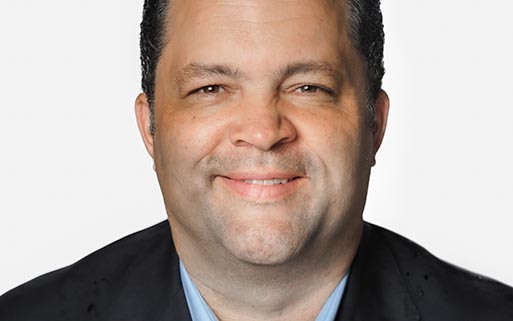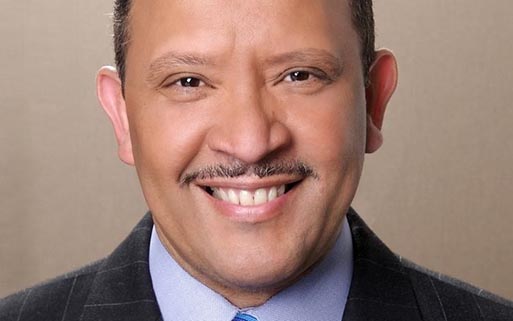
If she wins the White House in November, Vice President Kamala Harris would make history in ways that are important and well-acknowledged: the first woman, and woman of color, to serve in the world’s most powerful job.
As a self-identifying Black woman who attended Howard University, Harris also would become the first Historically Black College and University graduate to sit in the Oval Office. That fact could have major implications not just HBCUs but for education, the teaching profession, and the futures of Black and Brown young people.
When she ran for the 2020 Democratic presidential nomination, then-Sen. Harris pledged that, if she became president, she would allocate $2.5 billion for teacher training programs at HBCUs to increase the number of educators of color.
“We can’t write the next chapter without remembering the last one,” she told the National Urban League’s 2019 annual conference in announcing that plan. “We’re going from when the doors to many of our country’s prestigious colleges excluded our community to new investments that will educate the next generation of black leaders.”
Such an investment in our HBCUs and other minority-serving institutions, would be transformative. The path to diversifying our teacher workforce very literally runs through these institutions: according to federal data, MSIs, including HBCUs, enrolled more than half of all aspiring educators of color nationwide in recent years . Increasing their capacity would turbocharge the teacher of color pipeline and make a measurable impact on the stubbornly persistent lack of diversity in the teaching workforce.
The mismatch between the rising diversity in our public-school body—which is majority Black and brown—and the stagnant demography of our overwhelmingly white teaching workforce has real, potentially life-changing implications for our students.
Having a single Black teacher before third grade improves a Black child’s chances of enrolling in college by 13%.
Research shows that Black and brown teachers improve a range of academic and social outcomes for students who look like them: higher graduation rates, reduced dropout rates, fewer disciplinary issues, more positive views of schooling, and better test scores.
For example, studies show that having a single Black teacher before third grade improves a Black child’s chances of enrolling in college by 13%. Having a second Black teacher before third grade improves that child’s college enrollment chances by 32%.
The impacts aren’t isolated to just Black students: teacher diversity not only benefits all students but also improves the performance of their white colleagues. A 2023 study looking at longitudinal data from North Carolina found that having a “Black same-grade peer significantly improves the achievement and reduces the suspension rates of white teachers’ Black students.”
New evidence of the specific impact of HBCU-educated teachers is incredibly compelling. A massive study of 1 million students and 35,000 teachers in North Carolina found that teachers who graduated from an HBCU produced better outcomes in mathematics for Black students. The study also found that the effect was similar for Black and white teachers who had attended HBCUs.
The investments in HBCU teacher preparation programs that Harris called for 5 years ago were indeed prescient. Her broader orientation toward diversifying our teaching workforce is right on the mark. The impact of her education agenda on teaching and learning for Black and Brown teachers and students—as well as their white peers—could be transformative.
At the same time, Harris’s groundbreaking leadership could inspire a new generation of leaders from diverse backgrounds, creating a ripple effect across various sectors. In one way, her presidency would symbolize the breaking of barriers, encouraging young people of color to aspire to leadership roles in politics, business, and other fields where they have been historically underrepresented. This representation matters, as it fosters a sense of belonging and possibility for those who see themselves reflected in positions of power.
While her candidacy is historic and herl election to the nation’s highest office would be an unquestionable milestone, her ultimate impact on Black and Brown children and communities will come down to policy choices.
Harris’ sudden ascension to the top of the ticket means that some of those likely policy choices are no more than tea leaves being read by the policy community and the chattering class, there is ample evidence her presidency could make the kinds of bold moves that the scale of challenges in public education demand.
As he first woman of color to win a major party’s presidential nomination, history has already been made. Its enduring impact, however, remains an open question.















